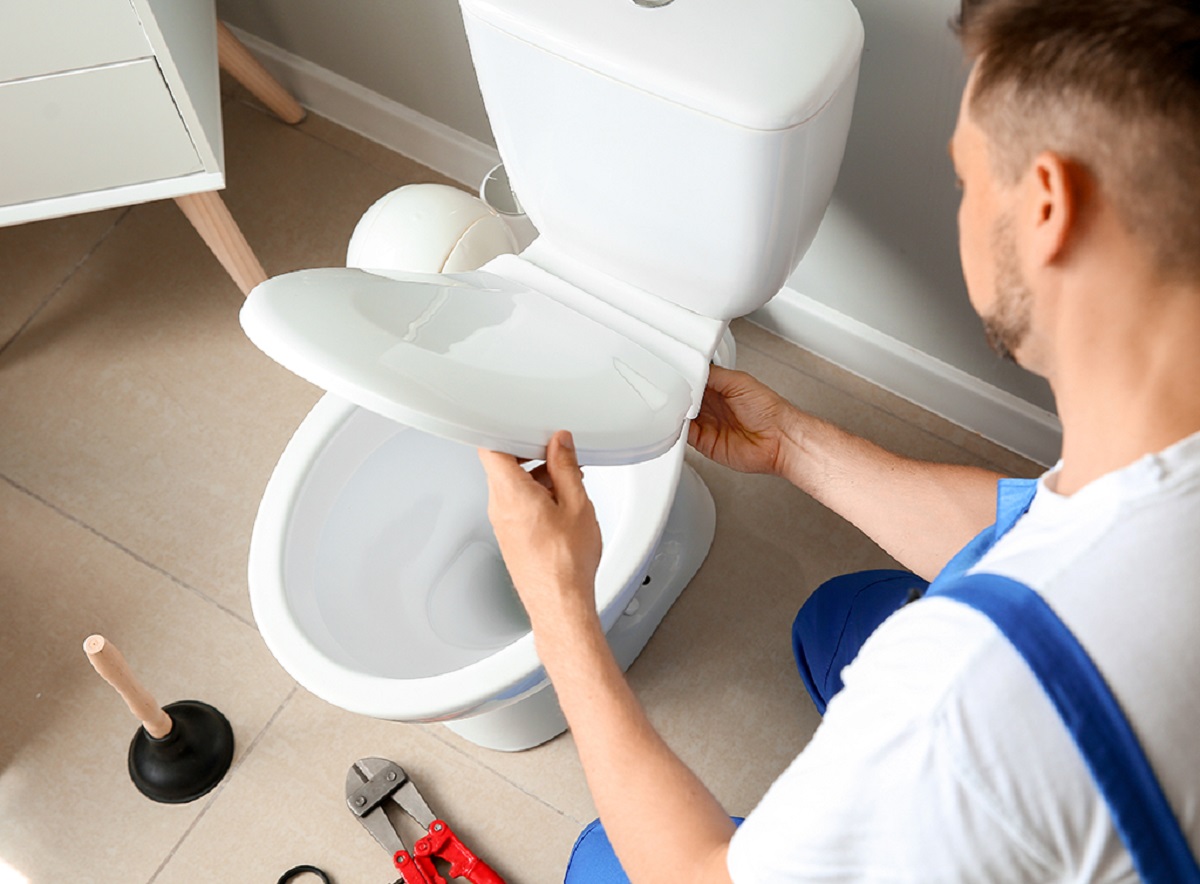

Articles
What Is The Back Of The Toilet Called
Modified: October 19, 2024
Discover all about the back of the toilet in this comprehensive article. Learn the proper terminology and interesting facts
(Many of the links in this article redirect to a specific reviewed product. Your purchase of these products through affiliate links helps to generate commission for Storables.com, at no extra cost. Learn more)
Introduction
When it comes to using the bathroom, there are certain fixtures that we take for granted. The toilet, for instance, is an essential part of any modern home or building. We rely on it for our daily hygiene needs, but how much do we really know about its anatomy? In particular, have you ever wondered what the back of the toilet is called?
In this article, we will explore the various parts of a toilet and focus on the rear components that make up the back of the toilet. We will also delve into the common names used to refer to this area, providing you with a comprehensive understanding of the toilet’s architecture. So, let’s dive in and unravel the mystery of what lies behind the familiar porcelain fixture in our bathrooms.
Key Takeaways:
- The back of the toilet, also known as the toilet tank or cistern, houses crucial components like the flapper and fill valve, contributing to efficient waste disposal and showcasing the diversity of language and culture in everyday life.
- Understanding the anatomy and common names for the back of the toilet provides a deeper appreciation for the engineering marvel behind this essential bathroom fixture, highlighting the intricate design and functionality of its rear components.
Read more: Why Is A Toilet Called A Head
Overview of Toilet Anatomy
Before we delve into the specifics of the back of the toilet, let’s first establish a basic understanding of the overall anatomy of this essential bathroom fixture. A typical toilet consists of several key components, all working together to provide us with a sanitary means of waste disposal.
The most prominent part of the toilet is the bowl, which is where we sit or hover above to perform our bodily functions. This bowl is usually made of porcelain or ceramic, providing a smooth and easy-to-clean surface. Connected to the bowl is the toilet tank, located at the back or top of the toilet. The tank contains water that is used to flush waste from the bowl into the sewage system.
Beneath the bowl is the toilet trap, also known as the trapway. This is a curved channel that serves as a barrier to prevent foul odors from coming back up into the bathroom. It also helps to maintain the water level in the bowl when not in use.
Other important components of a toilet include the flush valve, which releases water from the tank into the bowl to initiate the flushing process, and the fill valve, which is responsible for refilling the tank with water after each flush.
Now that we have a general idea of a toilet’s anatomy, let’s turn our attention to the rear components that make up the back of the toilet.
Parts of the Toilet Bowl
The toilet bowl is the central component of the toilet, where waste and water combine for flushing. It is important to understand the different parts of the toilet bowl to have a better grasp of the overall function of the toilet.
Rim: The rim is the top edge of the toilet bowl. It is where the flushing water enters the bowl during the flushing process. The shape and design of the rim can vary from one toilet model to another, but its main purpose is to ensure an even distribution of water throughout the bowl.
Seat Opening: Located in the front of the toilet bowl, the seat opening is where we sit or position ourselves when using the toilet. It is typically oval or round in shape and is designed for comfortable seating.
Trapway: The trapway is a curved channel located at the bottom of the toilet bowl. It connects the bowl to the drain pipe and serves as a pathway for waste and water to exit the toilet. The shape and size of the trapway can vary, but its primary function is to facilitate the smooth flow of waste without causing clogs or backups.
Jet Holes: Situated around the inside edge of the rim or under the rim, jet holes are small openings that release water into the toilet bowl during the flushing process. They create a swirling motion in the bowl, aiding in the removal of waste and ensuring efficient flushing.
Glaze: The glaze is the smooth, glossy coating that covers the porcelain surface of the toilet bowl. It serves several purposes, including providing an aesthetically pleasing finish, preventing stains and bacteria from adhering to the bowl, and facilitating easy cleaning.
Understanding these various parts of the toilet bowl allows us to appreciate the intricate design and functionality of this essential bathroom fixture.
The back of the toilet is called the “tank.” It holds the water that is used for flushing the toilet. If you need to do any maintenance or repairs, it’s important to know how to safely access and work with the tank.
Rear Components of the Toilet
When it comes to the back of the toilet, there are several key components that play vital roles in its operation and maintenance. Let’s explore these rear components and their functions:
Tank: The tank is a crucial part of the toilet that holds the water used for flushing. It is typically made of porcelain and is mounted at the back or on top of the toilet bowl. The tank is connected to the water supply and contains a fill valve to regulate the water level. It also houses the flush valve, which releases water into the bowl to initiate the flushing process.
Flapper: The flapper is a rubber or plastic valve located at the bottom of the toilet tank. It is attached to the flush valve and covers the opening that allows water to flow from the tank into the bowl during a flush. When the flush lever is pressed, the flapper lifts, allowing water to enter the bowl and initiate the flushing action.
Flush Lever: The flush lever is typically located on the front or side of the toilet tank. It is connected to the flush valve and is used to initiate the flushing process. When the lever is pressed, it lifts the flapper, releasing water from the tank into the bowl to flush away waste.
Fill Valve: The fill valve, also known as the ballcock, is responsible for refilling the toilet tank with water after a flush. It is connected to the water supply line and regulates the water level in the tank. When the water level drops after a flush, the fill valve opens to allow water to enter the tank until it reaches the desired level.
Overflow Tube: The overflow tube is a vertical tube located in the toilet tank. Its purpose is to prevent the tank from overflowing. If the fill valve malfunctions and continues to fill the tank beyond the desired level, the excess water will flow into the overflow tube and drain into the toilet bowl instead of spilling over.
Tank Lid: The tank lid is a cover that sits on top of the toilet tank. It serves both functional and aesthetic purposes. It protects the inner components of the tank from debris and provides a smooth surface for placing objects, such as a tissue box or decorative items. Additionally, the tank lid helps to create a cohesive and visually pleasing look for the toilet.
All these rear components work together to ensure proper flushing and water flow in the toilet, making them integral parts of a functional and efficient bathroom fixture.
Common Names for the Back of the Toilet
While the technical term for the back of the toilet is simply “the back,” there are several common names that people use to refer to this area. These names are often used interchangeably and can vary depending on regional and cultural preferences. Let’s take a look at some of the commonly used names for the back of the toilet:
Toilet Tank: One of the most popular terms used to describe the back of the toilet is “toilet tank.” This name refers specifically to the water-holding component of the toilet that is typically mounted at the back or on top of the toilet bowl. The tank houses the mechanisms for flushing and refilling the toilet.
Cistern: In certain parts of the world, such as the United Kingdom and Australia, the back of the toilet is commonly referred to as the “cistern.” This term is derived from the Latin word “cista,” meaning “box.” The cistern refers specifically to the water storage component of the toilet.
Water Tank: Another commonly used name for the back of the toilet is the “water tank.” This term emphasizes the function of the back part, which holds the water used for flushing the toilet bowl. It is a simple and descriptive name that is widely understood.
Back Cavity: Some individuals may refer to the back of the toilet as the “back cavity” or simply “cavity.” This name highlights the hollow space found at the back of the toilet, where the tank is located. It conveys the idea of an enclosed area at the rear of the fixture.
Reservoir: In certain contexts, particularly in older or vintage toilets, the back of the toilet may be referred to as the “reservoir.” This term emphasizes the role of the tank in storing a specific volume of water for flushing purposes.
These are just a few examples of the common names that people use to describe the back of the toilet. Ultimately, the specific name used may vary based on personal preference, location, and cultural influences.
Read more: Why Is The Toilet Called The John
Conclusion
In conclusion, the back of the toilet plays a crucial role in the overall functionality of this essential bathroom fixture. Understanding the anatomy and components of the toilet can help us appreciate the intricate design and engineering that goes into its construction.
From the tank that holds the flushing water, to the flapper and fill valve that regulate the water flow, each rear component of the toilet contributes to the efficient and effective disposal of waste. While the technical term for the back of the toilet is simply “the back,” it is common to hear different names used to refer to this area, such as the toilet tank, cistern, or water tank.
By exploring the different names and components of the toilet, we gain a deeper understanding of how this everyday fixture works. It is interesting to note how language and culture can influence the terminology used to describe various parts of the toilet, showcasing the diversity of language and its impact on our everyday lives.
Next time you use the toilet, take a moment to appreciate the engineering marvel that lies behind its familiar porcelain exterior. From the tank to the fill valve, each rear component plays a vital role in ensuring proper flushing and waste disposal.
So, the next time someone asks you what the back of the toilet is called, you can confidently share your knowledge about the various parts and common names used to describe this important area.
Frequently Asked Questions about What Is The Back Of The Toilet Called
Was this page helpful?
At Storables.com, we guarantee accurate and reliable information. Our content, validated by Expert Board Contributors, is crafted following stringent Editorial Policies. We're committed to providing you with well-researched, expert-backed insights for all your informational needs.
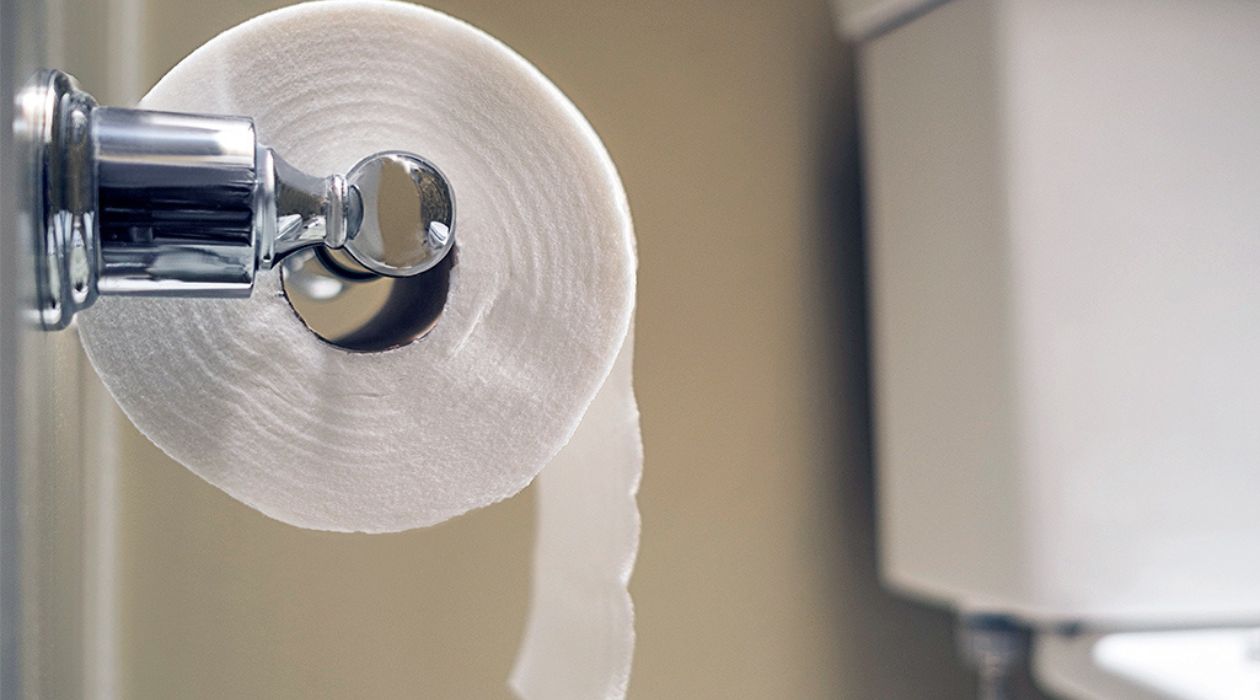
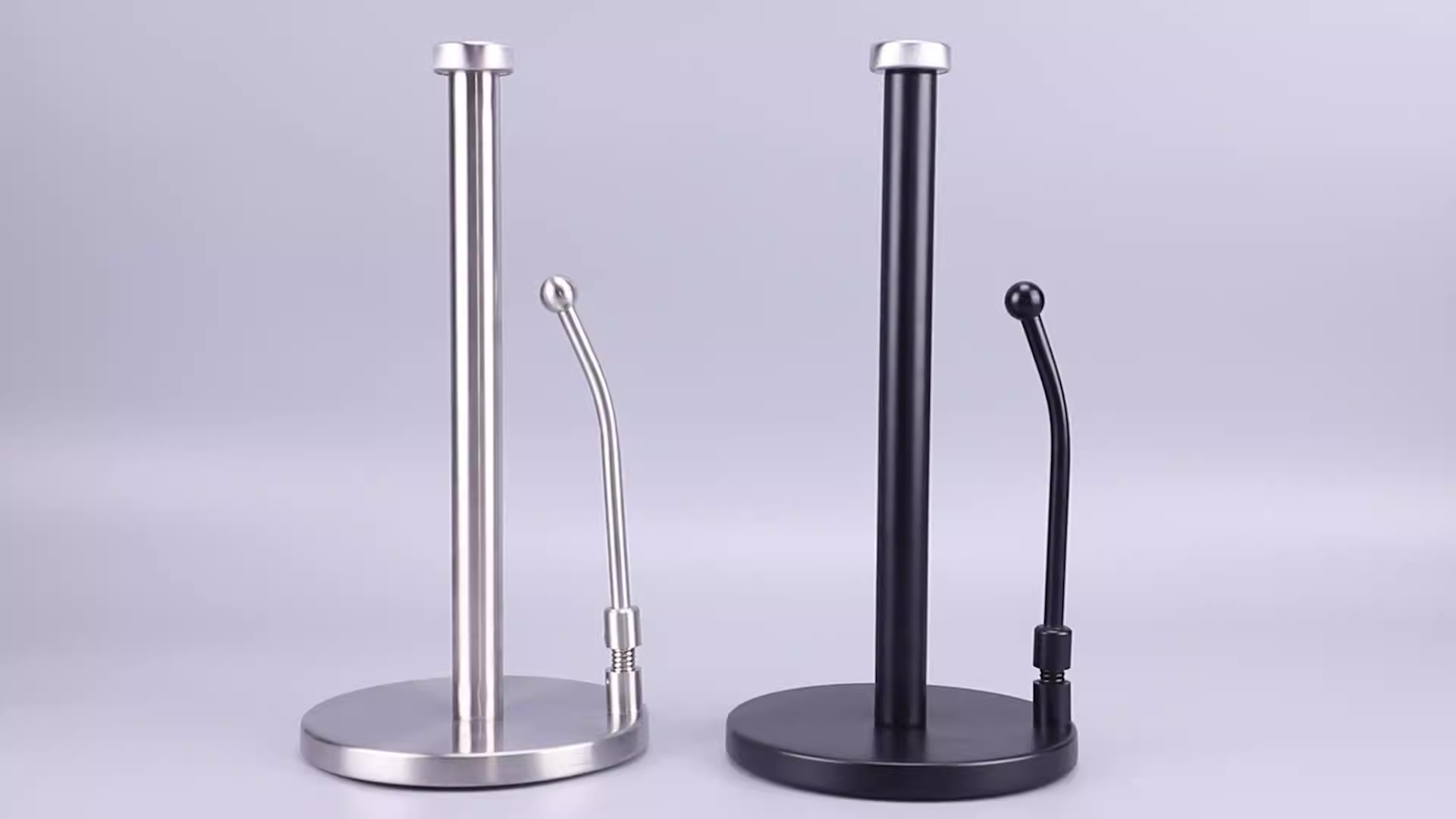
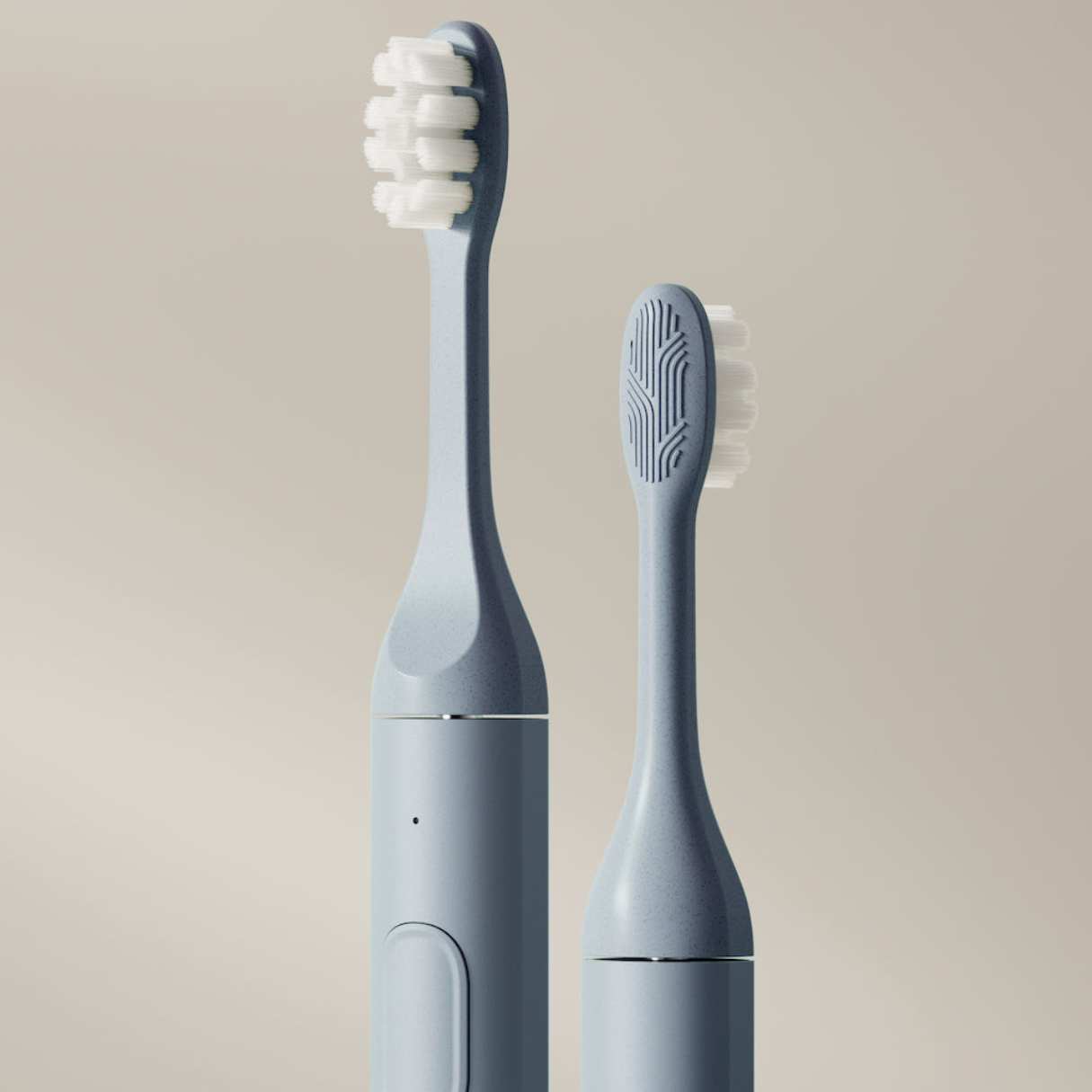
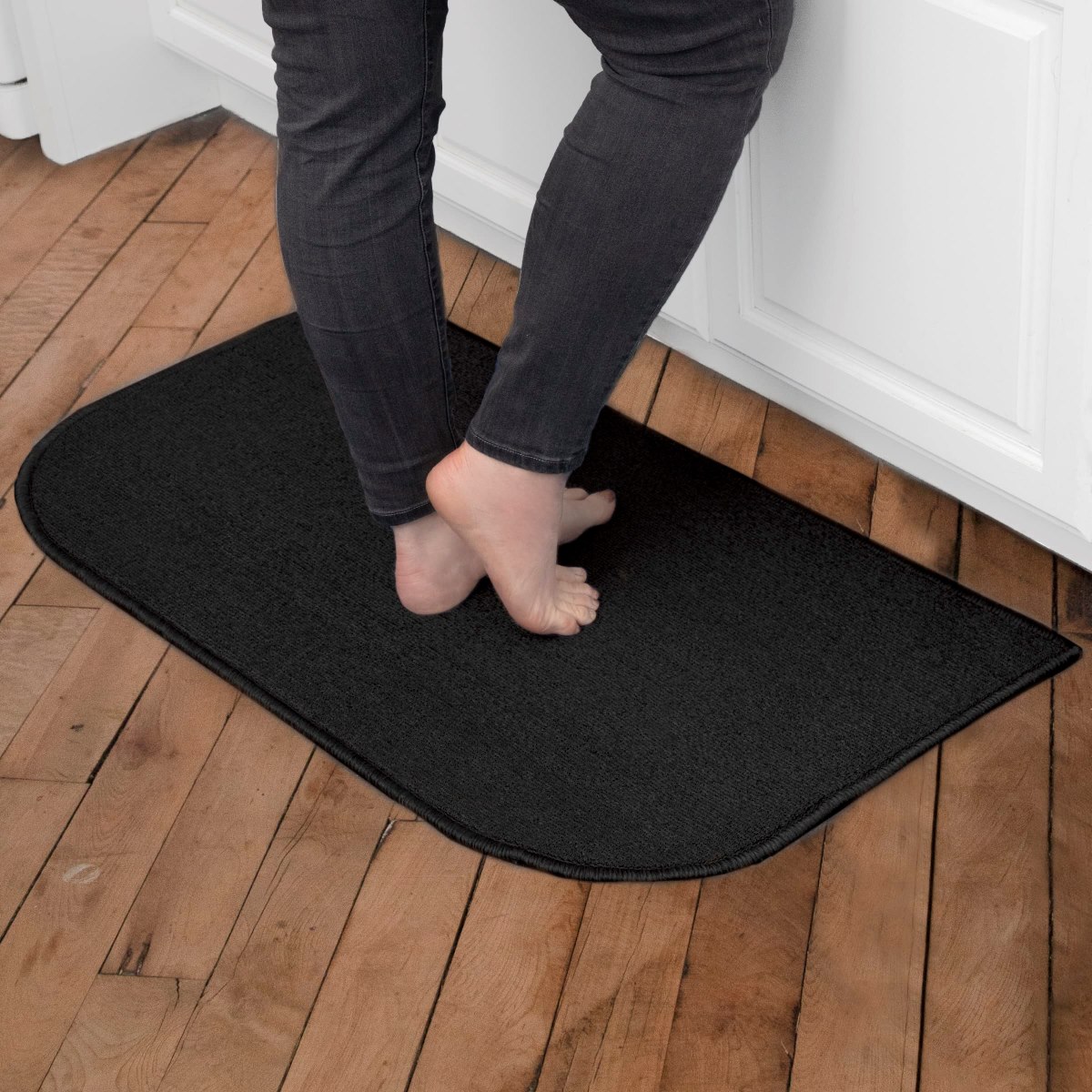


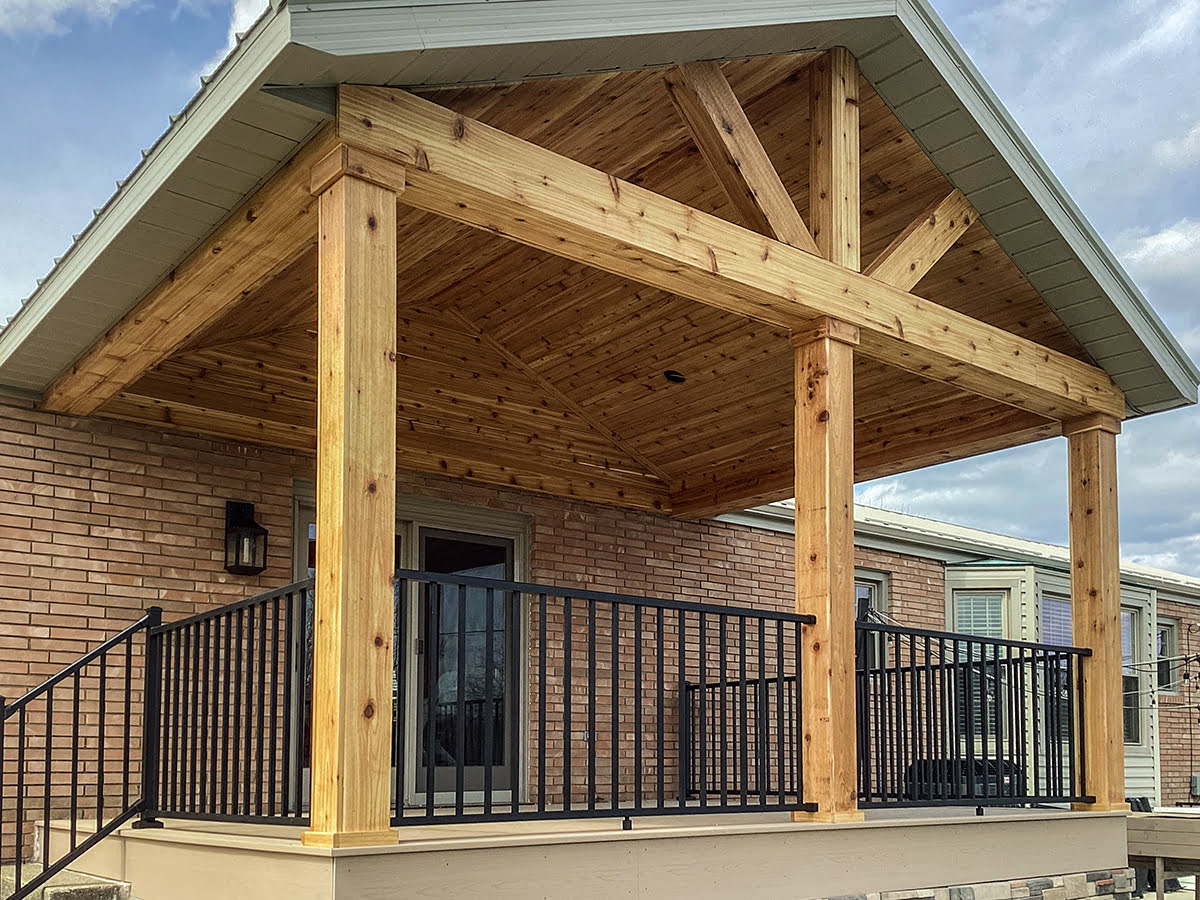
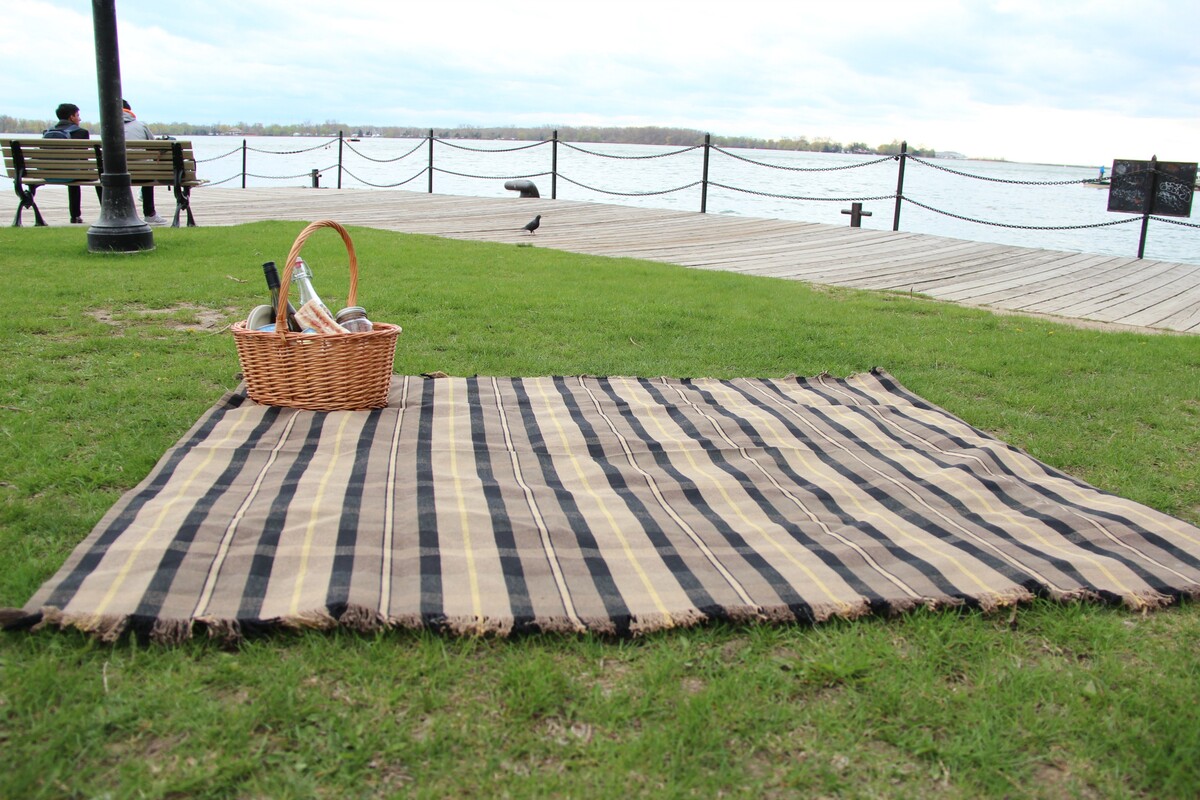


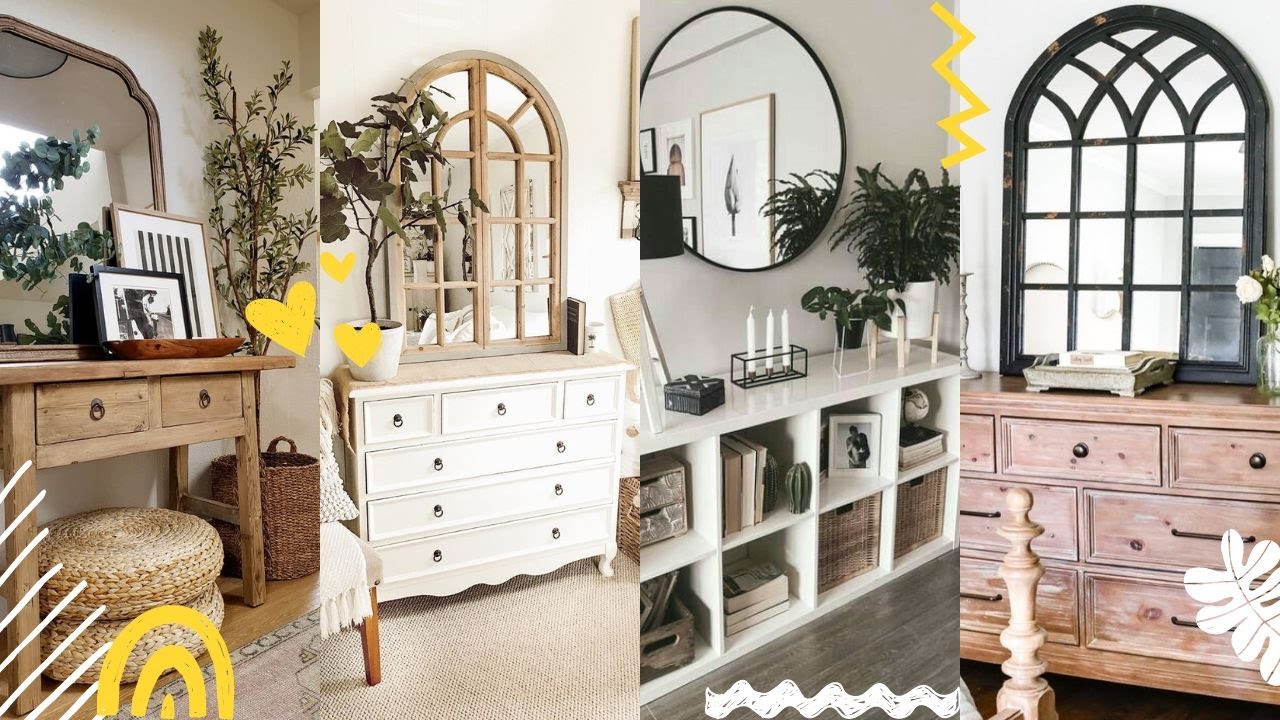

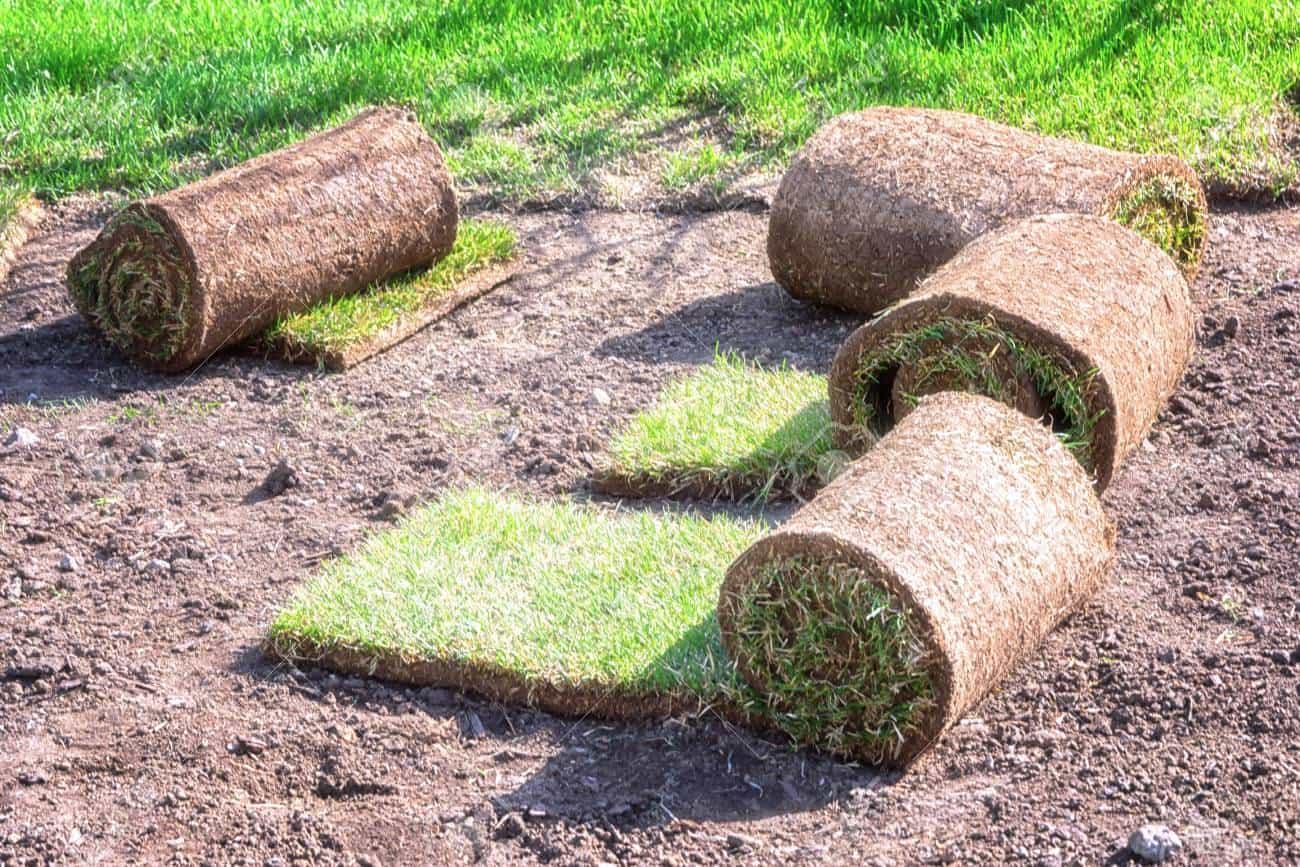
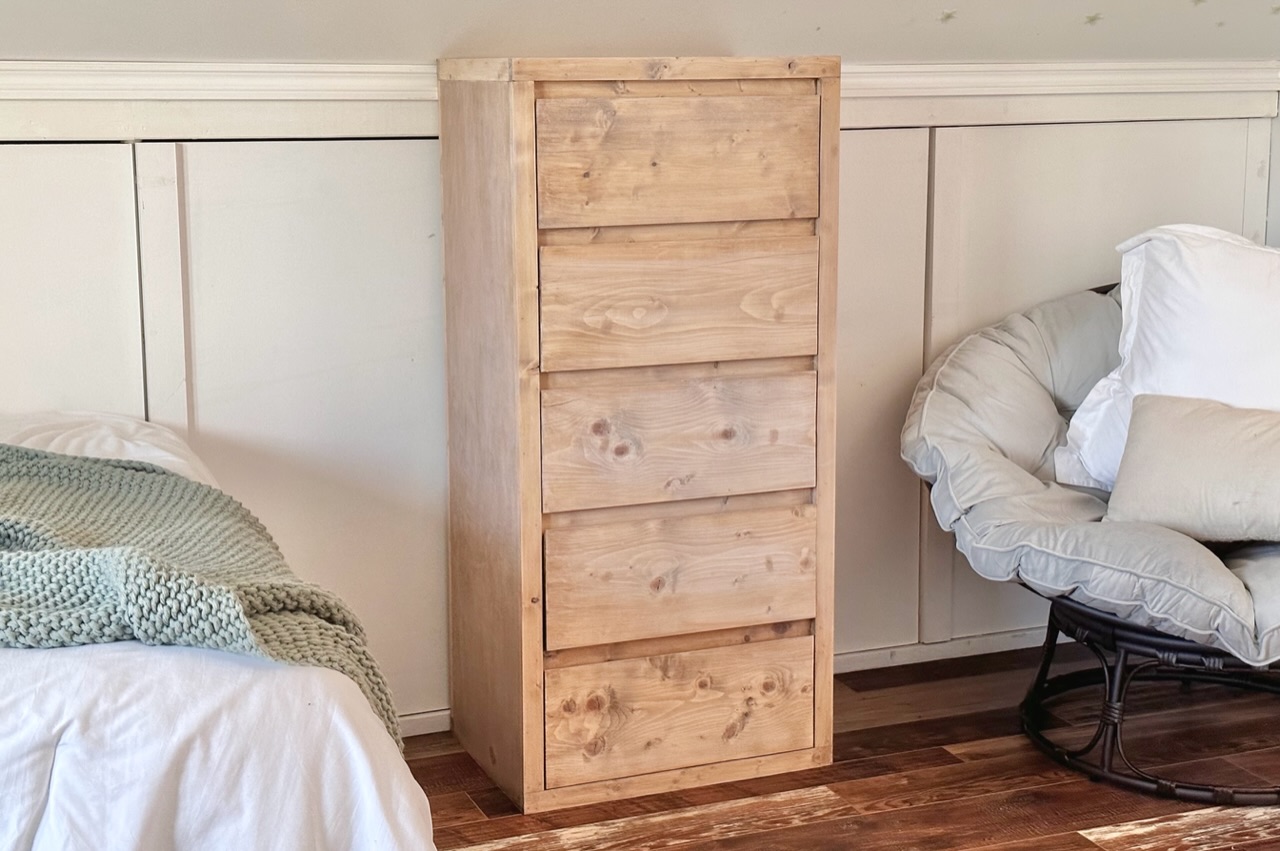

0 thoughts on “What Is The Back Of The Toilet Called”